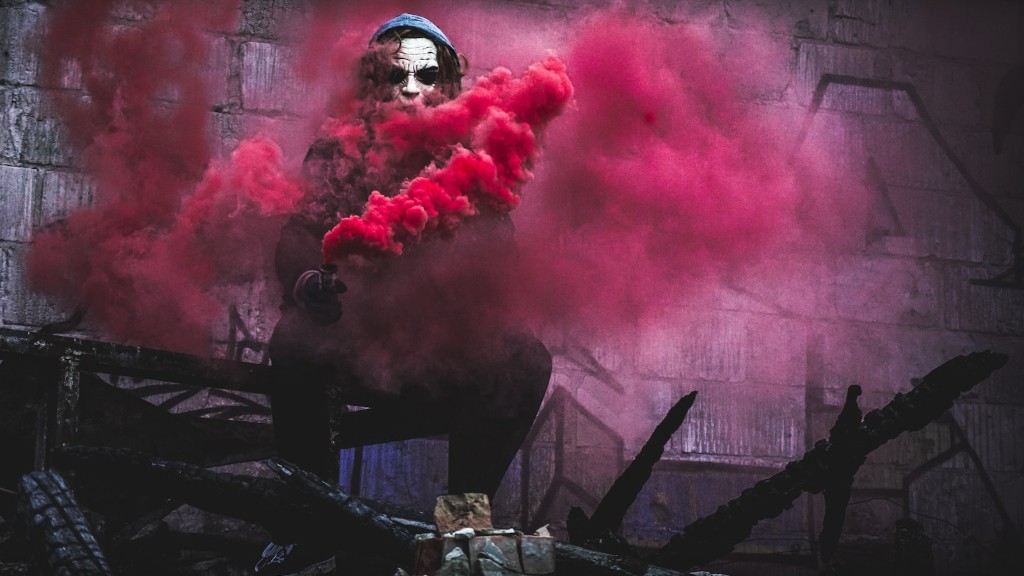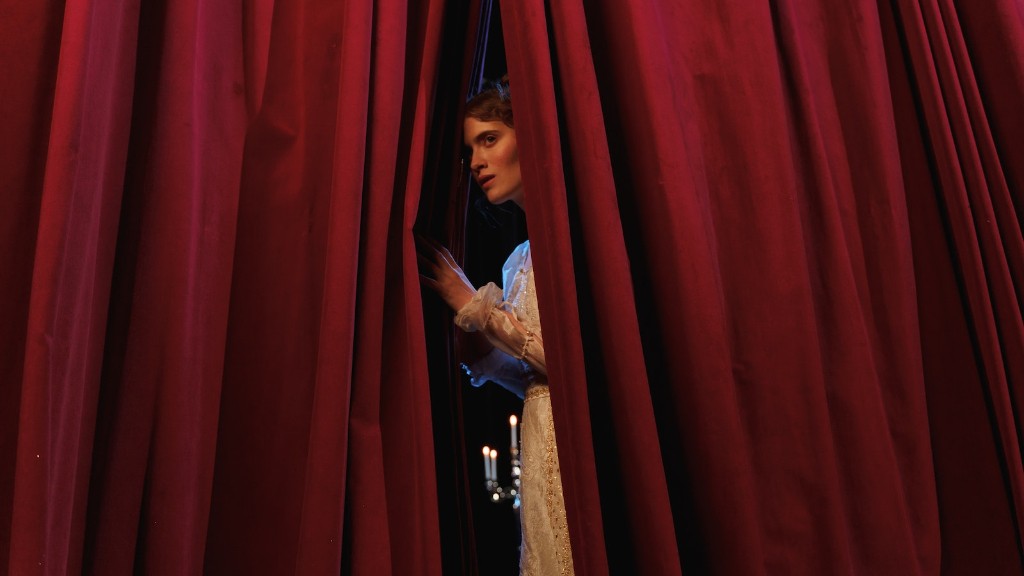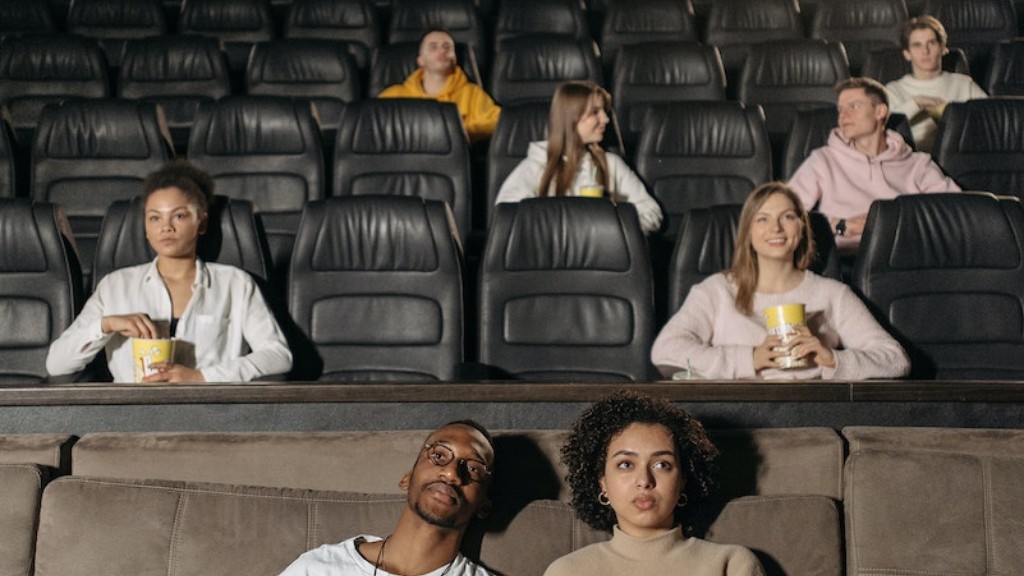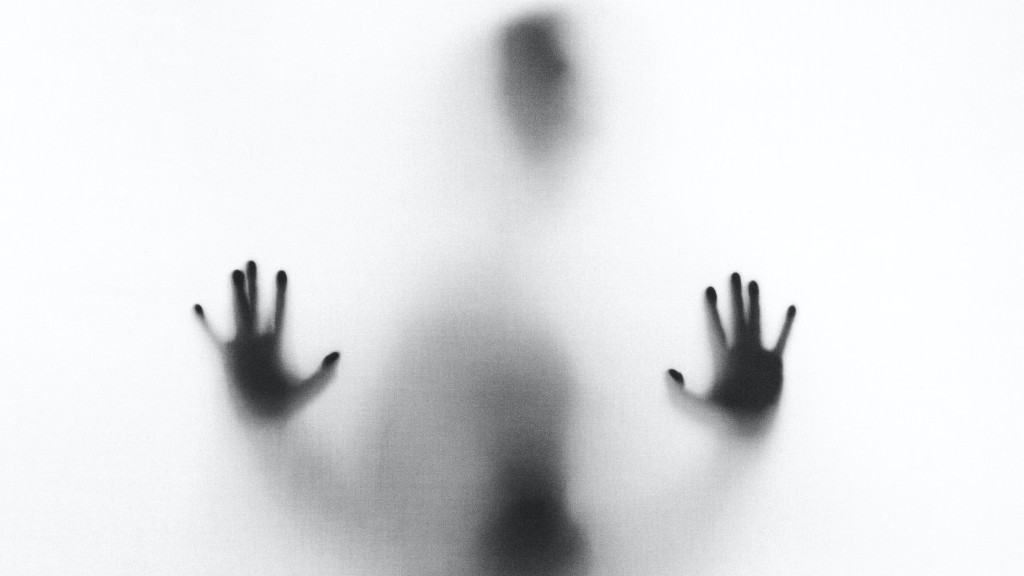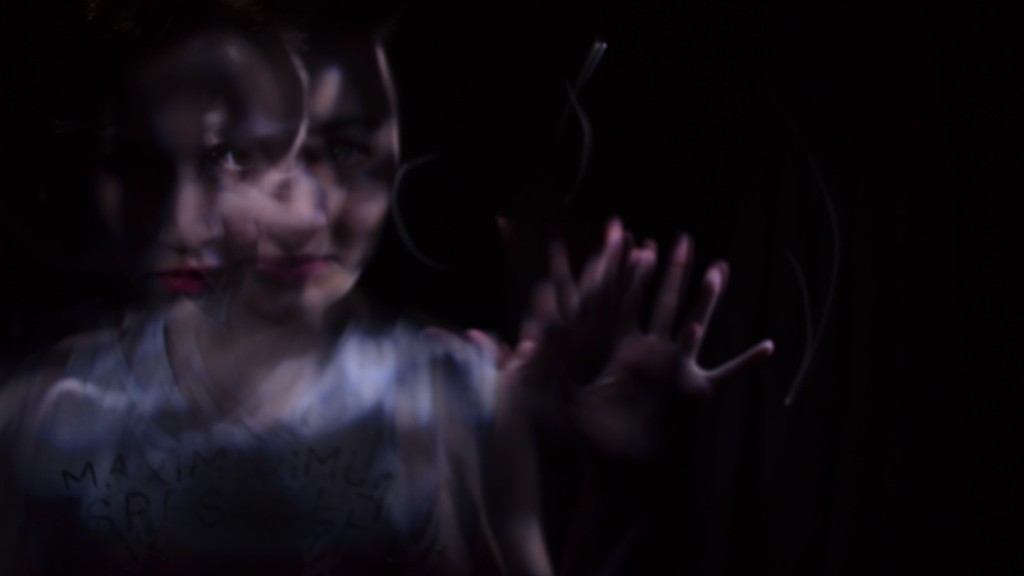The uncanny has been described as the feeling of unease or discomfort that comes from experiencing something that is both familiar and strange. In horror movies, the uncanny can be used to create tension and suspense by playing on our fears of the unknown. It can also be used to shocking effect, as in the case of jump scares. The uncanny is a powerful tool in the horror genre, and one that can be used to great effect.
“The uncanny” is a feeling of fear or unease. It is often associated with things that are strange or unfamiliar. In horror movies, the uncanny can be used to create a sense of fear or suspense. It can also be used to make the viewer feel uncomfortable or uneasy.
What is the uncanny in horror?
The uncanny is a feeling of unease or strangeness, often in a familiar setting. It can be caused by something as simple as a change in the environment, or by something more sinister like a feeling of being watched. The uncanny is often associated with the supernatural or the paranormal, and can be a source of fear or anxiety.
The uncanny is a concept in art associated with psychologist Sigmund Freud which describes a strange and anxious feeling sometimes created by familiar objects in unfamilar contexts. The feeling of the uncanny is often described as a feeling of “déjà vu” or “uncanny valley”.
Why is uncanny scary
There is something about robots that look like humans, but with something clearly wrong with them, that can trigger an evolutionary feeling of aversion or disgust. This is because they may resemble us in some ways, but there are also clear differences that make them uncanny. It is these differences that can create a sense of unease or even fear in us.
There are many examples of films that make use of the uncanny. Dead of Night and Child’s Play are two famous examples. Freud postulates that the reason we find dolls creepy is that as children we believed that they were living beings and as adults we repress this childlike belief.
How is the uncanny valley used in horror?
The uncanny valley is a phenomenon where an object or person appears to be almost human, but something about them is just off, making them seem eerie or unsettling. This effect is named after Masahiro Mori, a Japanese roboticist who coined the term in 1970. The uncanny valley is often seen with robots and other artificial intelligence, as they become more and more lifelike but are not quite able to pass as human. The effect can also occur with dolls, avatars, and other humanlike objects.
The animators felt that Fiona’s design was “too real” at times. When the film was previewed to test audiences, some children cried because they found Fiona’s hyperrealism disturbing; the character was suffering from a phenomenon known as the uncanny valley.
Why is the uncanny used in Gothic?
Gothic novels are often said to have an uncanny relationship with the supernatural. This is because they often feature ghosts and other horrifying elements which make them both frightening and familiar at the same time. This genre often employs suspense and fear in order to keep readers on their toes, making them unable to predict what will happen next. This is what makes the Gothic so effective in creating an experience that is both discomforting and intriguing.
eerie suggests an uneasy or fearful consciousness that mysterious and malign powers are at work. Uncanny implies disquieting strangeness or mysteriousness.
Is uncanny positive or negative
The term “creepy” is often used to describe something that is strange or unsettling. While it may not be a particularly negative term, it can still be used to describe something that makes someone feel uncomfortable or worried. Close analogues to “creepy” would be words like “unsettling” or “strange”.
The uncanny valley is a psychological phenomenon in which people feel a sense of unease or discomfort when they encounter something that is almost, but not quite, human. This is often the case with robots or other artificial intelligence that is designed to look and act like humans. The “valley” refers to the dip in emotional response that occurs when people encounter these almost-human creatures.
The theory is that this sense of unease is due to our inability to process these strange faces using normal psychological mechanisms. In other words, our brains are trying to make sense of something that is not quite human, and this causes a feeling of unease.
So, the next time you see a zombie movie or TV show, remember that the reason they seem so creepy is because they tap into our deep-seated fear of the uncanny valley.
What are examples of uncanny?
One of the most famous examples of the uncanny is the doppelgänger effect, where a person sees their double. This can be a very unnerving experience, as it can make you question your own identity. Other examples of the uncanny include seeing ghosts or spirits, and involuntary repetitions (such as déjà vu).
The uncanny valley is a term used to describe the revulsion that people feel when they see something that is almost, but not quite, human. The term was first coined by Japanese roboticist Masahiro Mori in a 1970 paper, in which he described a hypothetical graph of human comfort vs. human likeness. The graph goes like this:
At first, as an entity becomes more human-like, our sense of comfort with it increases. This is because we are able to see it as more relatable, and therefore less threatening. However, there comes a point at which the entity becomes so human-like that it becomes uncanny, or unsettling. This is because it is now close enough to being human that we can see all of its imperfections, which makes us realize that it is not really human after all.
This feeling of revulsion is what is known as the uncanny valley. It is named after the valley on the graph above, which is the point at which entities become so human-like that they become uncanny.
The uncanny valley is often used in horror movies and video games to create a feeling of unease in the viewer or player. This is because the uncanny valley can be a very effective way to get under people’s skin
Is the uncanny a gothic trope
The uncanny is a feeling of unease or familiarity with something that is not easily explained. In the Gothic, the uncanny is often used to create a feeling of terror in the reader. The Gothic often features elements that are not easily explained, such as ghosts, monsters, and witches. By using the uncanny, the Gothic can create a sense of terror that is both familiar and unfamiliar.
The uncanny valley is a theory that suggests that there is a point at which something that is designed to look like a human being becomes too realistic and begins to look uncanny, or strange. It is named after the Japanese robotics professor Masahiro Mori, who first proposed the idea in 1970.
The uncanny valley theory has been used to explain why some people are creeped out by realistic-looking robots or computer-generated characters, like the ones used in the movie Avatar. It is thought that when something looks too human but is not quite perfect, it can trigger a negative reaction in people.
So, if you’re ever feeling creeped out by a lifelike doll or a robot that looks a little too human, you can blame the uncanny valley effect.
What is the psychology behind uncanny valley?
The uncanny valley is a well-known phenomenon in the field of robotics and artificial intelligence. It refers to the dip in levels of viewer familiarity when an artificial figure fails to mimic a realistic human. This sense of viewer familiarity can make an artificial figure seem more familiar for viewers, but only up to a point. Beyond that point, the sense of viewer familiarity drops sharply into the uncanny valley.
Researchers have found that there are certain features of an artificial figure that can contribute to the uncanny valley effect. These features include facial expressions, body language, and voice. In general, the more realistic an artificial figure appears, the greater the sense of viewer familiarity. However, if the artificial figure fails to mimic a realistic human in any of these features, the sense of viewer familiarity quickly drops into the uncanny valley.
There are a number of possible explanations for the uncanny valley effect. One theory is that it is rooted in our innate aversion to anything that resembles a corpse. Another theory is that it is a result of our cognitive dissonance when we encounter an artificial figure that is close to, but not quite, human. Whatever the cause, the uncanny valley effect is a well-established phenomenon with important implications for the field of robotics and artificial intelligence.
Some people tend to feel uneasy or even scared when they come across not-quite-human figures, like humanoid robots and lifelike computer-generated characters. This feeling is known as the uncanny valley phenomenon.
One possible explanation for this phenomenon is that our brains are wired to recognise human faces and forms, so when we see something that is close to human but not quite right, it can cause a feeling of unease.
Whether you find humanoid figures creepy or not, the uncanny valley is an interesting phenomenon that is worth exploring further.
Final Words
The uncanny is a feelin
The uncanny is the feeling of unease or fear that is often felt when confronted with something strange or unfamiliar. It is this feeling that makes horror movies so effective at creating suspense and fear in their audiences. The best horror movies are able to tap into our deepest fears and use the uncanny to create an unforgettable experience that leaves us both shaken and entertained.
